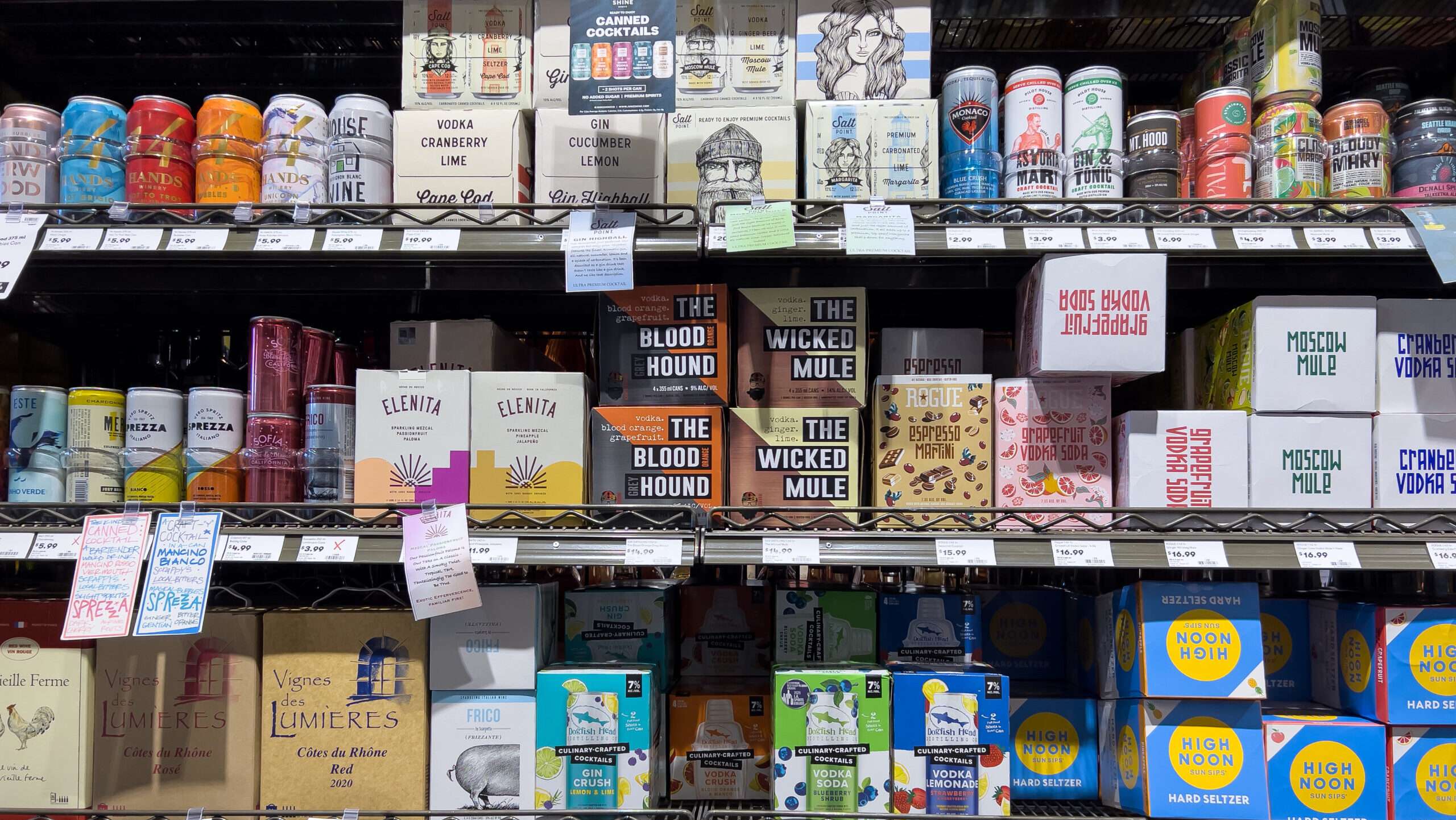Hard seltzers have taken the American drinking scene by storm, growing from 3 percent of the alcohol market a decade ago to around 12 percent today. The current ready-to-drink (RTD) market is valued at over $36 billion and is projected to reach nearly $100 billion by 2031. However, behind the popularity of these fizzy beverages lies a battle over protectionism and regulatory barriers in state legislatures nationwide.
Many canned cocktails are made with malt-based alcohol rather than distilled spirits due to higher taxation rates and stricter regulations on spirits. This disparity in treatment between spirit-based and malt-based RTDs is evident in the limited retail access and higher taxes imposed on spirit-based products.
Despite similar alcohol content, spirit-based RTDs face obstacles in distribution and taxation compared to malt-based counterparts. The beer industry, which predominantly focuses on malt-based RTDs, has lobbied to maintain this unequal treatment in the market.
Calls for tax parity and equal retail access for all types of RTDs are being considered in various states, with the beer industry opposing these reforms. The argument for maintaining the status quo is often framed as a defense of beer as a drink of moderation against the perceived risks of liquor consumption.
Policymakers are urged to eliminate retail restrictions based on alcohol type and reform taxation based on alcohol by volume (ABV) levels to promote competition and consumer choice. The goal is to create a fair and transparent system that does not favor any particular sector of the drinks market.
The American beer market is recognized for its variety, quality, and innovation, and should not rely on preferential government rules to stay competitive. It’s time to level the playing field and let the best hard seltzer prevail.
Please rewrite the following sentence:
“The cat quickly ran across the street.”
“The feline swiftly darted across the road.”
Source link






